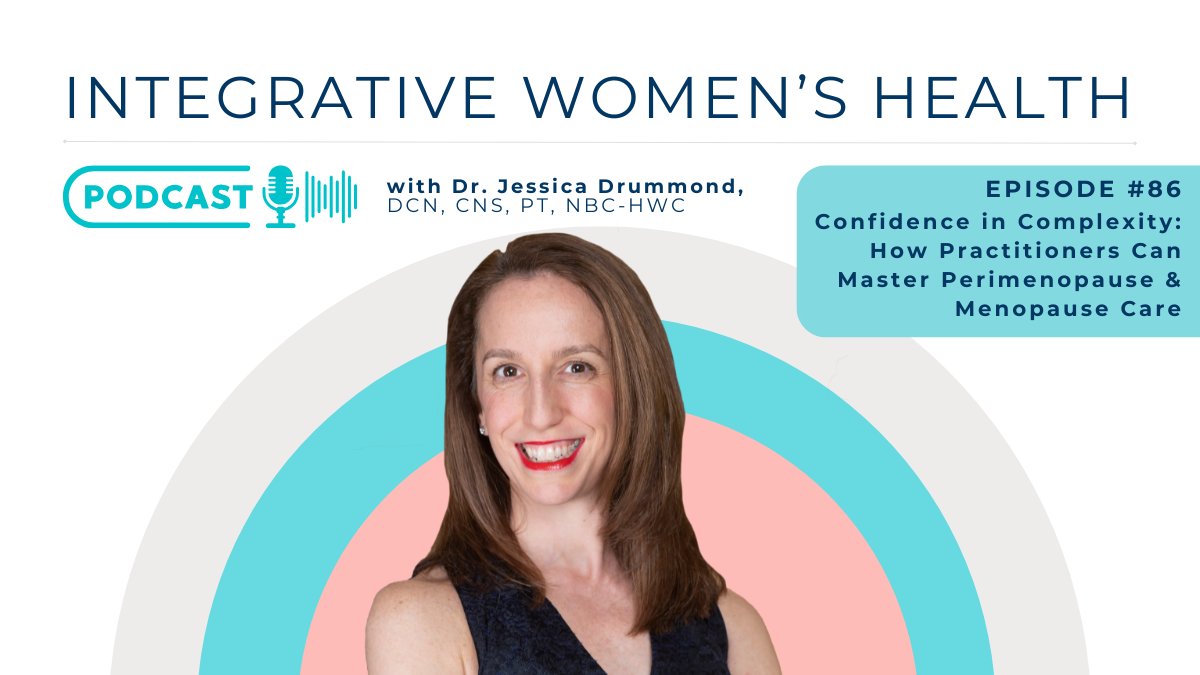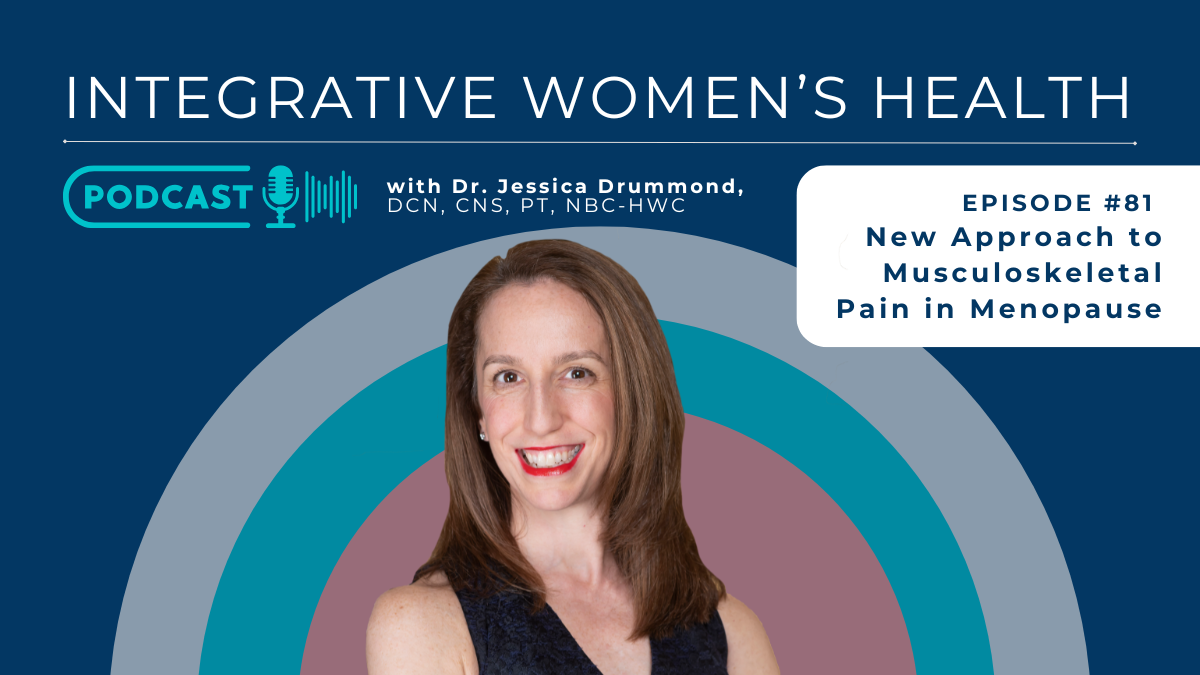Over the last few decades, there has been a lot of confusion about how much fat female athletes should eat and what types of fat are healthy. When it comes to dietary fat recommendations for female athletes, there is a lot of good data that demonstrates the cardiovascular and performance benefits of eating the “right size” amount of healthy fat, not too much and not too little.
Additionally, the latest perspectives on this discussion are that periodization of lower carbohydrate/ higher fat diets at some times during the training cycle and higher carbohydrate nutrition at others is likely to be beneficial, depending on the athlete’s performance goals. (1)
Higher fat diets are most likely to be most useful for ultra-endurance events. (2)
But, they can also lead to central fatigue, due to a build-up of non-esterified fatty acids and ammonia in the blood. (3)
In small human performance studies, the performance results of high fat (ketogenic) diets are mixed.
Some studies show modest performance gains, but others show faster exhaustion, reduced power, and reduced endurance, but athletes feel well on ketogenic diets and tend to lose weight. (4, 5)
Additionally, it is not yet understood which fatty acids are most useful for the performance support role of higher fat/ lower carbohydrate diets. (3)
Recommending healthy and delicious recipes that contain healthy fats supports our female athlete clients in many ways.
Eating the right amount of the healthiest kinds of fats promotes abundant energy, reduces inflammation, keeps cell membranes flexible, optimizes focus, supports micronutrient absorption, and supports the athlete in maintaining her healthy weight.
Additionally, while high fat/ low carb diets were once discounted as effective strategies for performance benefits, they are now being reconsidered under certain circumstances and with certain athletes.(1)
While the research on performance benefits of high fat/ low carb diets is limited, there is a growing perspective that there may be benefits for certain athletes to use this strategy at different times and for different reasons in their training cycles.
With low carbohydrate periods, the body and brain can become keto-adapted, and can thus use ketones as energy sources, even for a while after the athlete has resumed a higher carbohydrate nutrition plan. (1)
When workouts are of higher intensity or volume, more carbohydrates are likely to be necessary, while with lower intensity workout days, lower carb eating can support adaptation and the ability to use both ketones and glucose as fuel sources for exercises.
(For female athletes, it’s also useful to consider where she is in her menstrual cycle, as there are benefits to lower carb eating during the luteal phase for fat burning. (6)
But, exercising at lower intensity and duration during the luteal phase is also key to avoiding overtraining when carbohydrate resources are less available, and fatigue is more likely due to higher progesterone levels.)
One simple way to get all of these benefits is to teach your clients to make their own pure olive oil-based salad dressing (and avoid the rancid fats and preservatives found in many store-bought salad dressings.)
Watch the video below to see how I make my Everyday Salad Dressing at home.
I hope you enjoyed the video!
I would love to hear your favorite healthy fat recipes. Share them in the comments below. Will you start making your own salad dressing now?







